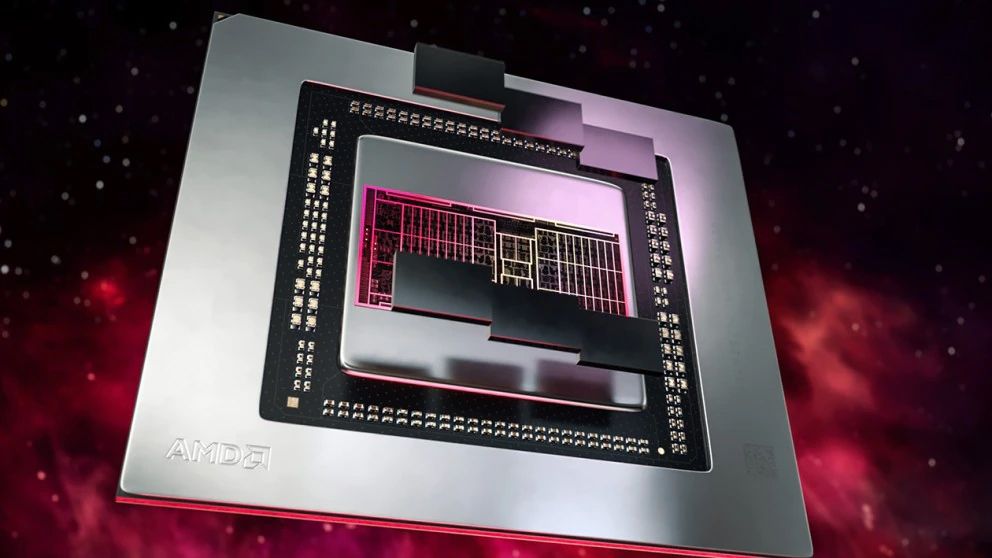Okay?
Depends on resolution. 4K is a minority.
On AMD maybe
You're thinking like pre-RTX gens where it was rasterization for rasterization, nowadays there's plenty of reasons that the price difference makes it favorable for Nvidia
But also a reputation for drivers.
I already hear the roaring of the dozen of AMD fans here to correct me that they're good now,
I suggested my brother back a few years ago to buy a 5700XT, was pretty good value for the money right? 2 years of black screen, no solutions. He was not alone, peoples kept complaining on forums and reddit, with peoples on r/AMD cult replying with "well I don't have the problem!", real helpful. So AMD eventually fixed the problem. I think by then RDNA 2 was about to launch so yeah.
Or the 7000 series VR performances at launch performing worse than 6000 series for 8 months. "but who cares about VR!?" the cult said. During the Fallout Show peak,
Fallout 3 & new vegas was unplayable on AMD. etc. Not saying Nvidia is perfect, far from it, but they don't throw a whole segment of entertainment under the bus for nearly a year (VR).
And in the end, its not like you can just say, well, 60 or 70 series are bad at RT so let's pick AMD. AMD for what? Rasterization? They are nearly on-par. If AMD had thrown RT under the bus (and they kind of did), but to have an absolute monster in rasterization that Nvidia is not even close, then YES, that would be quite the strategy and would have gotten a lot more sales for RDNA 2 & RDNA 3, but ~2% is not enough.
Especially since 2022 vs 2024 drivers showcase that Nvidia beat AMD in progress, so revisiting those old launch reviews probably means that rasterization advantage is gone on AMD side for mid tier.
Reminder that I was ATI / AMD for 2 decades, 1996 to 2016, and I want them to compete, so my advice to them is simple : Make an FSR version that takes advantage of your card and your cards only. Just MAKE IT GOOD. Fuck open source bullcrap, it is not the time. Nobody gives a shit about open source upscalers. What has even resulted from FSR being open source so far? There's not even a tree branch of derivatives out of it. Devs barely manage through to hex edits to support ultrawide and you expect them to open upscaler source code? Ridiculous.


